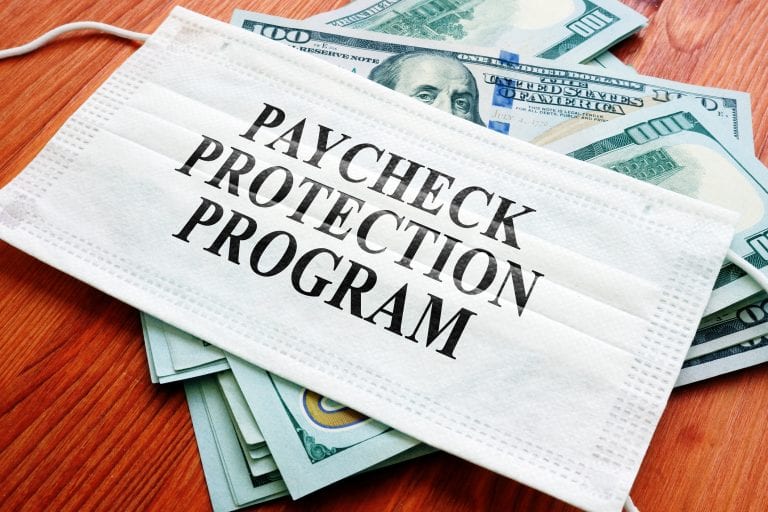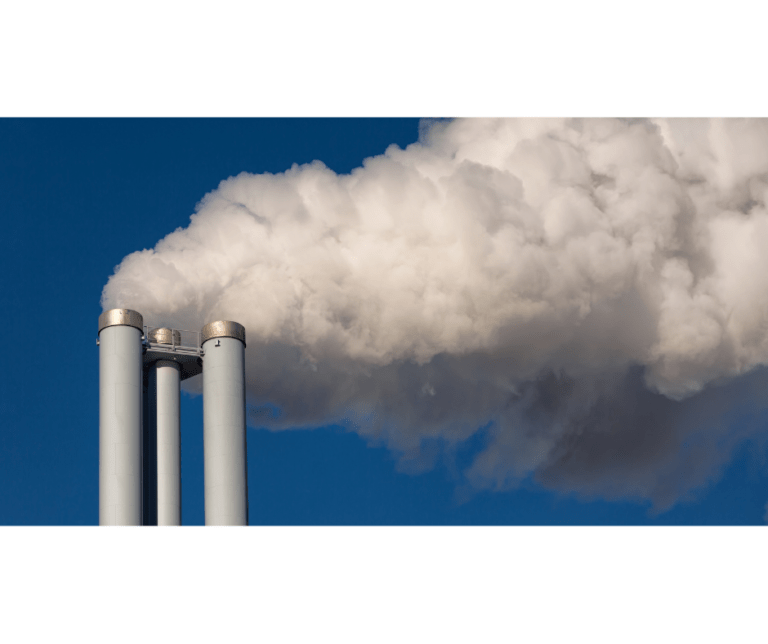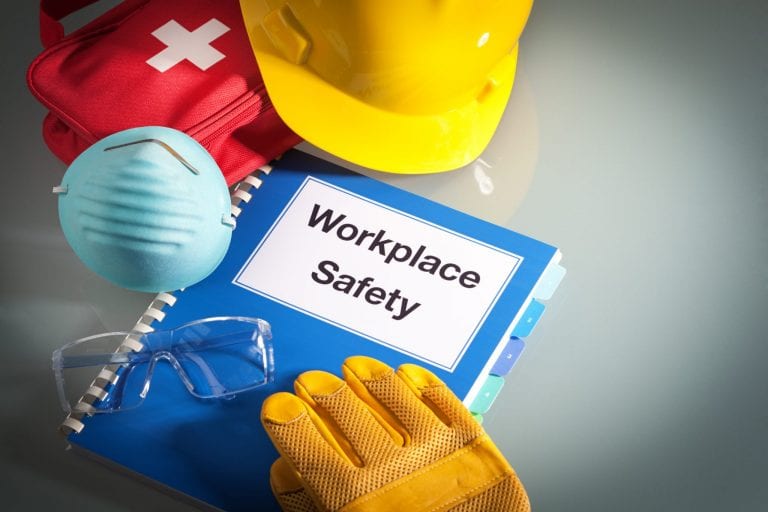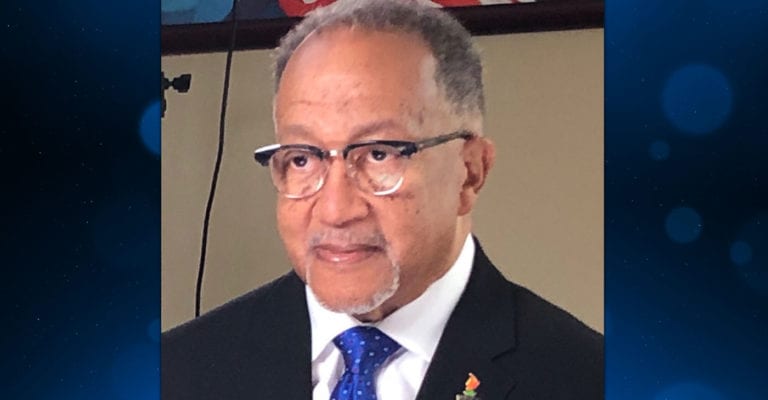
Public power utilities across the U.S. celebrate Public Power Week the first full week of October every year to help customers and stakeholders understand how they can better engage with their community-owned utility and benefit from all its offerings.
Public power utilities are community-owned, not-for-profit electric utilities that safely provide reliable, low-cost electricity to more than 49 million Americans, while protecting the environment. Homes and businesses in 2,000 communities across the U.S. — large cities like Austin, Nashville, Los Angeles, and Seattle, as well as small towns and the Navajo nation — get electricity from a public power utility. Collectively, these utilities serve 1 in 7 electricity customers across the U.S. and operate in 49 states — all except Hawaii — and the territories of American Samoa, Guam, Northern Mariana Islands, Puerto Rico, and the U.S. Virgin Islands.
Public power utilities are one of three primary types of electric utilities in the U.S. Public power is distinguished by a few of the key traits below.
Locally Controlled
Like public schools and libraries, public power utilities are owned by the community and run as a division of local government. These utilities are governed by a local city council or an elected or appointed board. Community citizens have a direct voice in utility decisions, including the rates it charges and its sources of electricity.
Affordable
Public power utilities are not-for-profit entities that provide electricity to customers at the lowest rates. Homes powered by public power utilities pay less than homes powered by private utilities. Businesses that get electricity from public power utilities also pay less than businesses that get electricity from private utilities.
Reliable
Customers of public power utilities lose power less often. Customers of a public power utility are without power for an average of 62 minutes a year, compared to customers of private utilities, who lose power for an average of 150 minutes a year — provided there are no major adverse events.
Invested in the Community
Public power utilities are embedded into the fabric of their communities and support a range of community programs including charitable, educational, and beautification programs. Public power employs 96,000 people in hometown jobs. On average, public power utilities pay 6.1% of electric operating revenues to the community — through taxes, fees, and special services. Public power gives 20% more to the community than private utilities.
Public power infrastructure projects are often funded through the issue of tax-exempt municipal bonds. Funding through municipal bonds means community members invest in their electricity infrastructures — such as new generation equipment, transmission lines, and distribution system upgrades — and receive interest as public power utilities pay back the loan.
Environmentally Responsible
Public power generates 10% of all electricity in the U.S. and distributes — or sells at the retail level — 15% of all power flowing to homes and businesses. Public power utilities care for the environment while they buy or generate electricity from diverse sources including natural gas, coal, and nuclear, as well as renewable energy sources such as solar, water, and wind. In several regions, public power utilities can buy wholesale hydropower generated from federal dams at cost and pass the savings on to customers.
In 2019, about 40% of the power generated by public power came from non-carbon-emitting sources.
Public Power is a Choice
Citizen-owned public power utilities have been around since the beginning of customers getting electric service more than 100 years ago. Communities continue to have the choice to create electric utilities to provide light and power to their citizens through community ownership and local control of their power supply. Citizens also have a say in whether their community-owned utility can be sold to a private entity.
Learn more about the process of forming a public power utility, also called municipalization.
Association members can learn more about sellout evaluations by downloading the guidebook, Positioning Your Community to Succeed in Sellout Evaluation.
For more information, please visit publicpower.org.
Source: American Public Power Association







